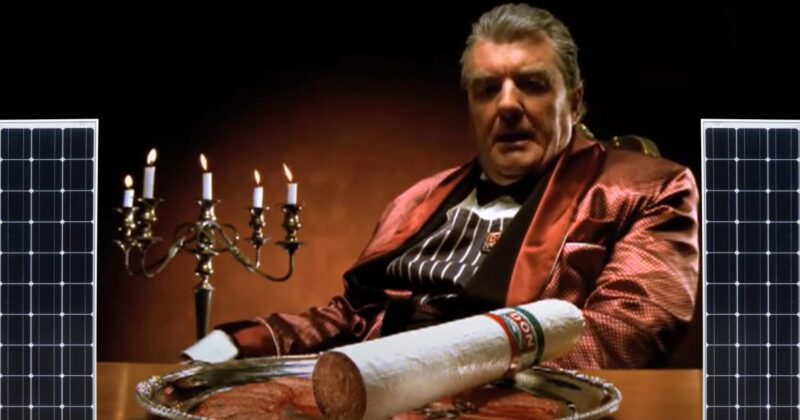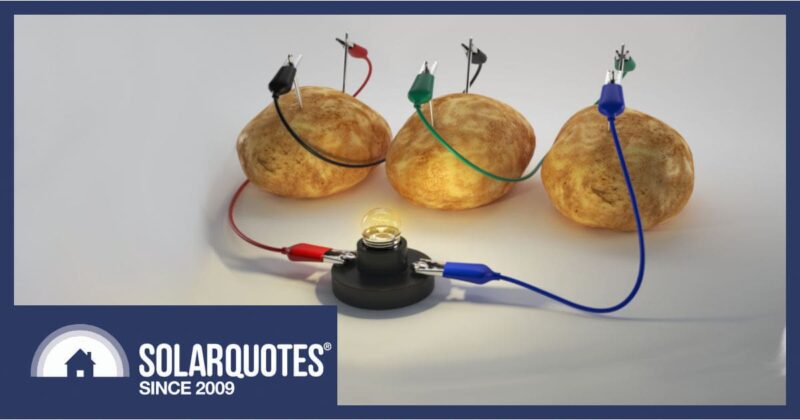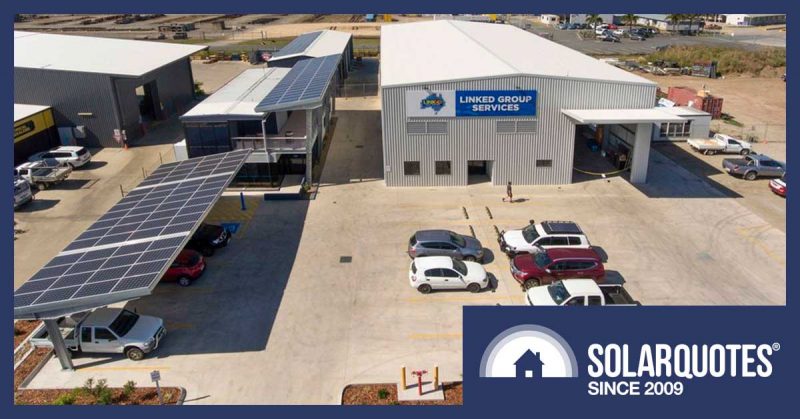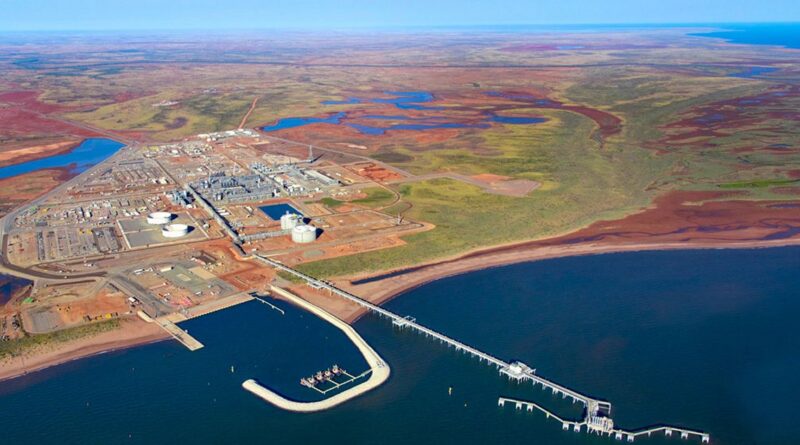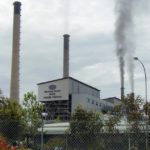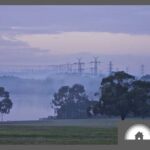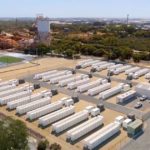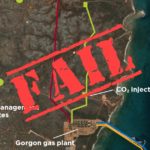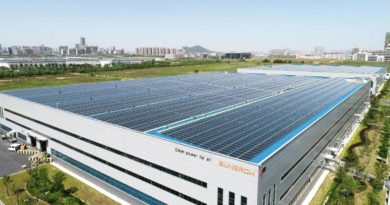WA Domestic Gas Supply Disruptions “Unprecedented”
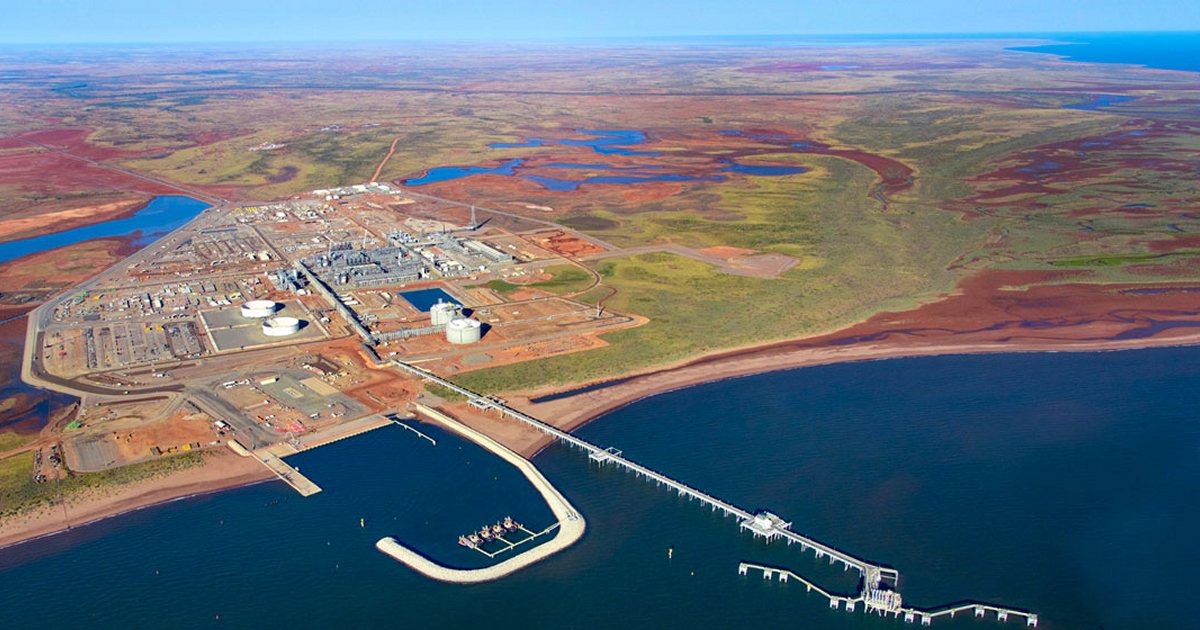
A gas plant failure has added further strain to Western Australia’s domestic gas supplies; but the McGowan Government says everything is under control.
On Thursday evening, a failure at Chevron’s Wheatstone domestic gas plant near Onslow saw gas production cease. It was originally hoped a staged restart of operations would commence yesterday, but that has been delayed by at least a further two days as at yesterday; due to unspecified “technical problems”. The Wheatstone project includes two liquefied natural gas (LNG) trains with a combined capacity of 8.9 million metric tons per annum as well as the domestic gas plant.
Added to the Wheatstone situation are recent interruptions reduced supply from the Santos-operated John Brookes (Varanus Island) and Devil Creek facilities.
While described by the McGowan Government as an “unprecedented” situation; there’s nothing for Western Australians to worry about according to a statement from WA Energy Minister Bill Johnston.
“The fact that the State can continue to have a stable gas supply despite three facilities either being offline or at reduced output highlights the strength of our energy system.”
The Australian Energy Market Operator (AEMO) also seemed pretty confident the lights will stay on, stating on Saturday (before the delay in restarting Wheatstone was announced):
“At this stage, there is no impact to electricity supplies in the South West Interconnected System, with sufficient supply available to meet demand.”
Alternative supplies, use of stored gas use and reduced consumption by industry have come into play, and Minister Johnston thanked all market participants for their co-operative behaviour. Further helping to alleviate the situation is it hasn’t been extremely hot.
Rooftop Solar Power Helps Take Up The Slack
Also lending a helping hand is renewable energy.
Last year, gas-fired power generation contributed around 23% to electricity demand in WA’s South West Interconnected System (SWIS). Black coal accounted for much more at 36% – and Western Australia has been experiencing significant challenges there as well in terms of black coal supply.
But even greater than gas or coal’s contributions were renewables, which accounted for 40.8% of demand in 2022; up from 37.6% in 2021. The hundreds of thousands of rooftop solar power systems in Western Australia put in a good showing, contributing 28% to grid demand.
According to OpenNEM and at the time of writing, this past week shows the share of gas in meeting SWIS grid demand was 33%, black coal at 25.7% and renewables at 41.2%. Rooftop solar contributed 11.9%, utility-scale solar 2.7% and wind power 26.1%.
In November last year, households in the Perth and Peel regions were encouraged to use electricity wisely during peak demand periods over this summer due to fears of blackouts. This wasn’t so much about potential coal supply shortages, but more to do with overloading electricity network infrastructure on particularly hot summer evenings. The “Summer Readiness Campaign” asks households to rein in electricity consumption during peak demand periods in the evenings when everyone arrives home and flicks on their air conditioners.
And generally speaking – so far, so good.
Original Source: https://www.solarquotes.com.au/blog/wa-gas-supply-mb2784/
